#James Mellor
Text







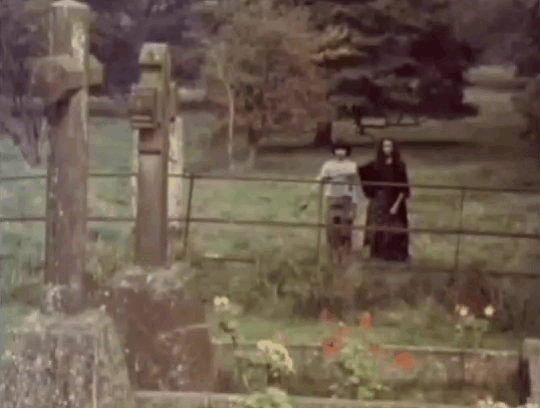
• Lost hearts (1973) Dir. Lawrence Gordon Clark
#lost hearts#misterio#terror#lawrence gordon clark#robin chapman#m. r. james#a ghost story for a christmas#joseph o'conor#susan richards#simon gipps-kent#james mellor
5 notes
·
View notes
Text
Mr Bates vs The Post Office (2024)
Directed by: James Strong
Written by: Gwyneth Hughes
Genre: Drama | Based on Real Events
Staring: Toby Jones | Julie Hesmondhalgh | Monica Dolan | Shaun Dooley | Ian Hart | Will Mellor | Lia Williams
Runtime: 200 Mins
Rating: 8.9/10
Watched: 01/01/2024 - 04/01/2024
■■■■
I have never been more angry at a woman, person or company as I am at Paula Vennels and The Post Office.
The amount of people who will never get justice from the lies and sentences pushed by the Post Office.
This happened during my lifetime, my 10th birthday being a date directly referenced in the series. And I had no clue this travesty of justice was happening.
Great acting by all in this series omg - so so good.
Toby Jones was incredible. All the actors were. The friendship between Alan and Jo was so well done.
Oh, and the events depicted are still ongoing - Justice for the SubPostmasters.

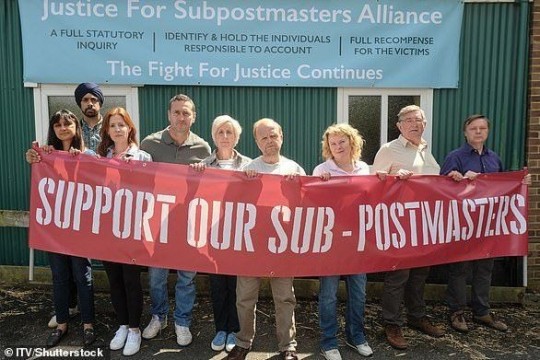

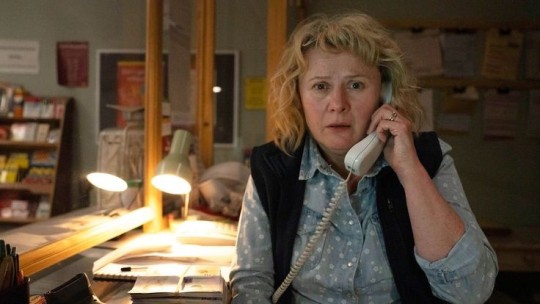
#Mr Bates vs The Post Office#TV Series#ITV#ITVX#James Strong#Gwyneth Hughes#Toby Jones#Julie Hesmondhalgh#Monica Dolan#Shaun Dooley#Ian Hart#Will Mellor#Lia Williams
8 notes
·
View notes
Text
“Moonsleepers” Dan Dare art by Keith Watson offered at auction
An upcoming auction of “Books, Documents and Manuscripts” from Nottingham-based auction house Mellors & Kirk includes two pages of Dan Dare art by the late Keith Watson
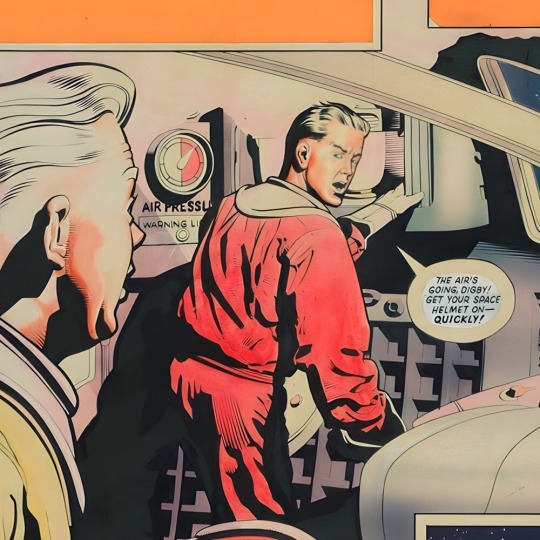
View On WordPress
#Auction News#Dan Dare#David Motton#downthetubes News#Eagle#James Bond#Keith Watson#Mellors & Kirk#SF Comics
3 notes
·
View notes
Photo

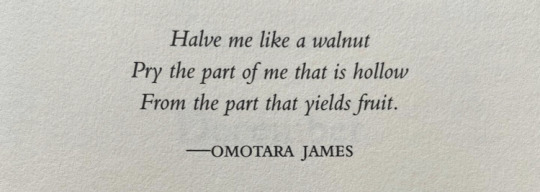
🌰🌰 🍓🍓 🍒🍒 red is the colour (or so they say).
#selfie#cleopatra and frankenstein#coco mellors#red#autumn vibes#cozy times#omotara james#fruit#cherry red#poetry#walnuts#golden brown#hollow#nice to meet you#reading#strawberry red#prelude#hello
10 notes
·
View notes
Text



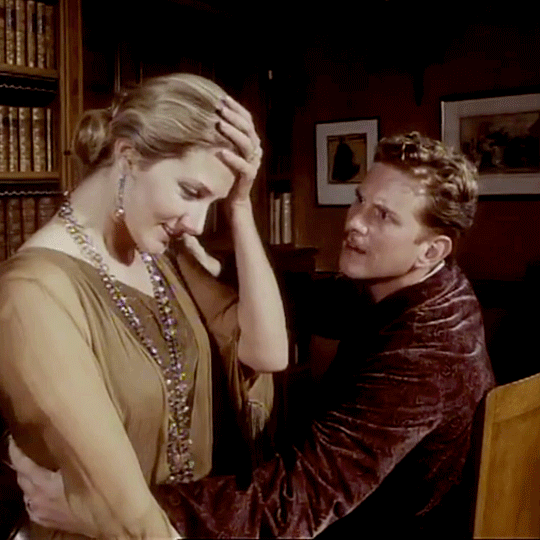
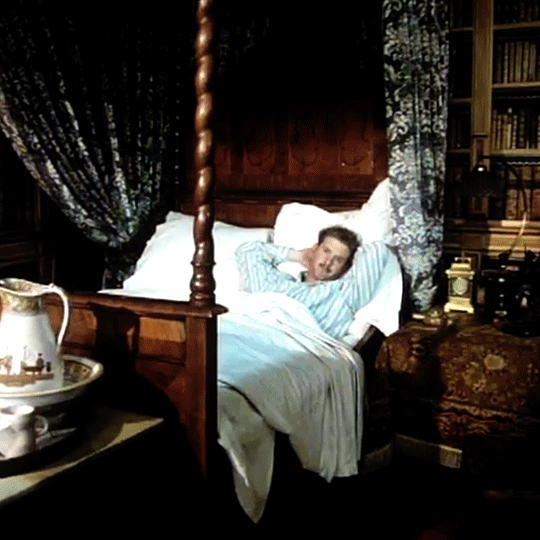
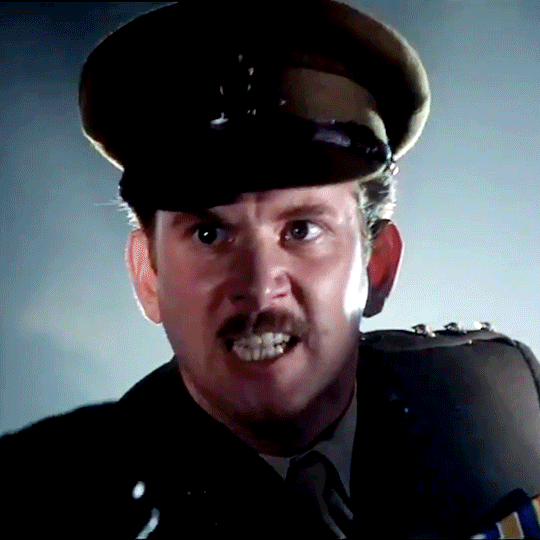


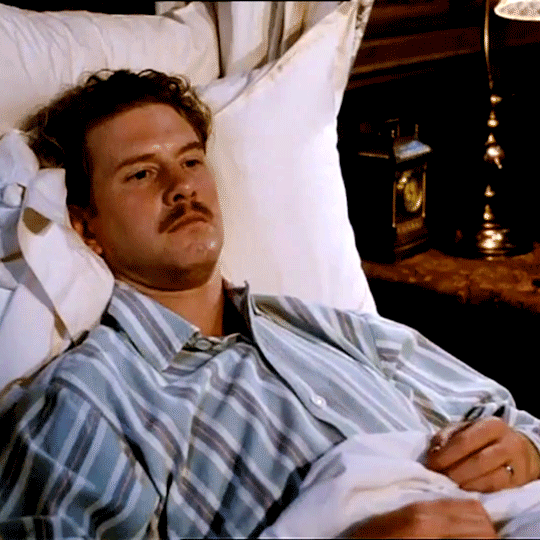

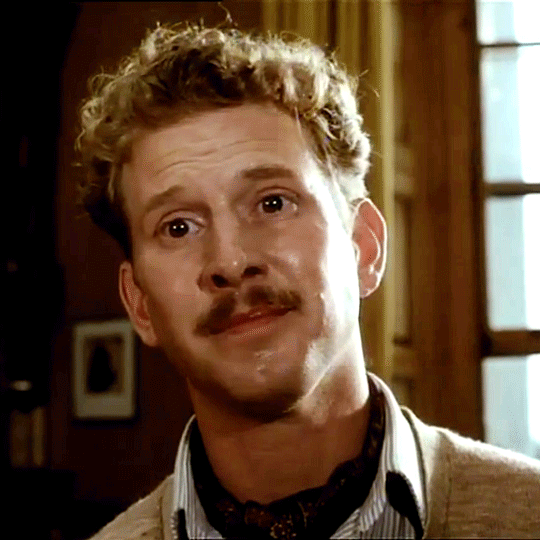
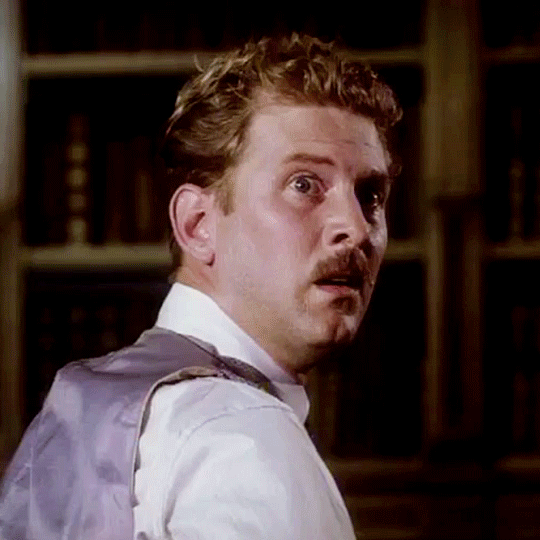
James Wilby as Clifford Chatterley in Lady Chatterley (1993) and James Wilby in an interview on him playing the role:
The People - Sunday, 30 May 1993:
Lady Chatterley’s vicious husband Sir Clifford made James Wilby bad-tempered, foul-mouthed, and a nightmare to live with. “I was taking the part home with me and refusing to come out of character,” admits Wilby, 32.
He realised he was going to have to live with a monster the moment he immersed himself in the part.
“He was wounded in the war and paralysed from the waist down,” Wilby explains. “But I felt no sympathy for him. He is vicious, manipulative, small-minded, yet incredibly intelligent.
"He has no compassion and actually encourages his wife to have an affair with Mellors so he has an heir to his estate.
“The role not only caused me stress and drained me physically and mentally, but made me feel deeply unattractive sexually. I know my wife Shana found it hard to kiss me.
"I’d be rude to her about silly little things. If I found there was no coffee in the house I’d shout and swear at her and I must have been an absolute pain to live with. I had a permanent scowl on my face for five weeks.
"But I knew I had to do it. At the time I still had scenes to shoot and I couldn’t risk slipping out of character. If I’d been anything less than convincing in the scenes I still had to do, the audience would have picked up on it and I’d have been furious with myself.
"I know it caused tension between Shana and me but if you’re going to do a job properly, you have to be prepared to put yourself out. If not, it’s time to give up acting.”
When Wilby worked with Angelica Huston on A Handful Of Dust, she had complained to him about the behaviour of Jack Nicholson, her then lover while he had been making the movie, The Shining. "Because his character had been evil, he behaved like a bastard, she said. So at least I was in good company! During the five weeks between the bulk of my filming and the few scenes right at the end of the shoot, Shana had to resort to humouring me rather than get into arguments.”
To make matters worse for Wilby, his wife, a picture researcher, was five months pregnant with their second child, and having miscarried the previous year there was a fear she might do so again. “It was a very difficult time for us and I’m fortunate that I have such an understanding wife,” says Wilby. “Especially when I was shutting myself away until two or three in the morning so that I was absolutely certain that I was going to be able to go into the studio the following morning and deliver something that was believable and complete.
But I can almost believe Shana was glad I was shutting myself away because I was behaving so badly.”
Just learning Sir Clifford’s speeches demanded enormous concentration from Wilby. “My character’s part is actually bigger than that of gamekeeper Mellor's in terms of words. When Clifford opens his mouth, three paragraphs spill out, not just a sentence.
"And he has this ridiculous small moustache. Ken Russell the director, insisted I grew one of my own and it came to symbolise everything I hated about my character and the effect he was having on me and my marriage.
"I couldn’t wait to get it off and there was ceremonial shaving on the set at the end of the shoot,” he says.
For DH Lawrence the story exemplified the class war in Britain. Clifford is from the landed gentry so he thinks himself superior to people like Mellors. “He calls Mellors a half-tamed animal with a gun and he means it," says Wilby.
“Lawrence actually wrote three versions of the book- Lady Chatterley; John Thomas and Lady Jane; and Lady Chatterley’s Lover- and Clifford becomes more vicious as the books go on. The BBC version is an amalgam of all three books.”
Wilby finally shed Sir Clifford when he went on a yachting holiday in the Mediterranean with three friends after he had finished filming Lady Chatterley.
“Shana was going to come, but because she was pregnant she decided she couldn’t risk it. It was the best thing I could possibly have done. It was physically very demanding and I sweated Clifford right out of my system.”
#James Wilby#Lady Chatterley#James Wilby Interviews#1993#Archived Interviews#Clifford Chatterley#I think I get why he once said that acting wasn't easy for him#Article
39 notes
·
View notes
Text

The actor Brigit Forsyth, who has died aged 83, made her name as Thelma in the BBC television series Whatever Happened to the Likely Lads? One critic described Thelma as so prim that she could turn the lifting of a lace curtain into an art form.
Dick Clement and Ian La Frenais’s creation, which ran from 1973 to 1974, was the sequel to the popular 1960s sitcom The Likely Lads, which starred Rodney Bewes and James Bolam as Bob Ferris and Terry Collier, two single north-east England factory workers who share a flat and the same interests – women, drink and football.
Thelma Chambers was brought in as a girlfriend for the upwardly mobile Bob, now in the white-collar class with a house, car and annual holiday on the Costa Brava, scoffed at by Terry, who clings on to his working-class roots. Thelma and Bob were married halfway through the two series of the show.
“Up until then, I had done a lot of drama on telly,” said Forsyth. “If I wasn’t being murdered, I was murdering somebody or I was a disturbed art teacher. I was playing quite a lot of deranged people, so comedy was a nice change.”
She created laughs again with the sitcom Sharon and Elsie (1984-85), in which she co-starred as the middle-class Elsie Beecroft alongside Janette Beverley as the more down-to-earth Sharon Wilkes, two employees in a greetings card manufacturing company.
But Forsyth’s own favourite television part was Francine Pratt in Playing the Field (1998-2002), the on- and off-pitch women’s football drama created by Kay Mellor. Her character, who hates the game, is married to the Castlefield Blues’ sponsor, played by Ricky Tomlinson, and keeps him happy in return for designer clothes and other luxuries.
“I have never played awful glamour before,” she said. “I had a blond wig, six-inch heels, makeup and my bosom hitched up high.”
Forsyth was born in Malton, North Yorkshire, to Scottish parents, Anne (nee Forsyth), an artist, and Frank Connell, an architect and town planner, and brought up in Edinburgh. She was mesmerised by Stanley Baxter’s performances as a pantomime dame at the city’s King’s theatre and, aged 18, landed her own first lead role, as Sarat Carn, on her way to the gallows, in Charlotte Hastings’s play Bonaventure with the Makars amateur drama group.
But when she left St George’s school, Edinburgh, her parents insisted she learn a skill, so she trained as a secretary. After a couple of jobs, she headed for London and Rada (1958-60), where she won the Emile Littler prize.
She began her professional career back in Edinburgh with the Gateway theatre company (1960-61) before moving on to the Theatre Royal, Lincoln (1961-62) and the Arthur Brough Players in Folkestone (1962). With other actors already named Brigit McConnell and Bridget O’Connell, she changed her professional name to Forsyth on her return to Lincoln in 1962.
At the Edinburgh festival three years later, she played one of the witches in a headline-making production of Macbeth. “That show caused an absolute uproar because they wanted the witches to have the bodies of young girls and the faces of old women, and they wanted us to have our top half naked,” Forsyth recalled. “But the Earl of Harewood, who was running the EIF at the time, said ‘No’. So they put nipple caps on us, which looked absolutely disgusting – and they used to drop off each night. It was absolutely hysterical.”
Later, in the West End, Forsyth played Annie in The Norman Conquests (Globe, now Gielgud, and Apollo theatres, 1974-76) and Dusa in the feminist play Dusa, Fish, Stas and Vi (Mayfair theatre, 1976-77). She put her TV breakthrough down to cutting her hair short. “It proved a tremendously lucky omen,” she said.
That break came with Adam Smith (1972), in which she played the younger daughter of the title character, a Scottish minister (Andrew Keir). The director, Brian Mills, then worked with Forsyth on the psychological thriller Holly (1972), when she took the part of a young art teacher kidnapped by a mentally unstable student. Forsyth and Mills married in 1976.
Television roles kept on coming. She was Veronica, one of the product-promotion team, in The Glamour Girls (1980-82), Harriet in the inter-generational sitcom Tom, Dick and Harriet (1982-83), and Helen Yeldham, a hotelier, in the 1989 series of Boon.
There were also appearances in soap opera: as GP Judith Vincent in The Practice (1985-86); Babs Fanshawe, Ken Barlow’s escort agency date who dies of a heart attack, in a 1998 Coronation Street episode; Delphine LaClair, a sales rep for a French company interested in buying Rodney Blackstock’s vineyards, for two short runs in Emmerdale (2005 and 2006); Cressida, mother of the millionaire Nate Tenbury-Newent, in Hollyoaks in 2013; and three roles in Doctors between 2000 and 2012.
Forsyth also played the miserable Madge, who frustrates her sister Mavis’s attempts at a relationship with Granville, in the sitcom sequel Still Open All Hours (2013-19).
A cellist from the age of nine, Forsyth starred as the real-life virtuoso Beatrice Harrison in a 2004 tour of The Cello and the Nightingale. Also on tour, she was a remarkably believable Queen Elizabeth II in A Question of Attribution (2000) and played Marie in Calendar Girls (2008). “I’m Mrs Frosty-Knickers, the one who doesn’t approve of it all.”
In 2017, she played a terminally ill musician in the stage comedy Killing Time, written by her daughter, Zoe Mills, who acted alongside her. At the time, Forsyth revealed that her maternal grandfather, a GP in Yorkshire, had helped dying patients to end their lives. Declaring herself a supporter of euthanasia, she said: “He bumped off probably loads of people with doses of morphine.”
In 1999, Forsyth separated from her husband, but they remained friends until his death in 2006. She is survived by their children, Ben and Zoe.
🔔 Brigit Forsyth (Brigit Dorothea Connell), actor, born 28 July 1940; died 1 December 2023
Daily inspiration. Discover more photos at Just for Books…?
9 notes
·
View notes
Text
2023 books
favourites are bolded
1. diary of a void, emi yagi
2. heaven, mieko kawakami
3. a visit from the goon squad, jennifer egan
4. public library and other stories, ali smith
5. the catcher in the rye, j.d. salinger
6. play it as it lays, joan didion
7. the story of a new name, elena ferrante
8. those who leave and those who stay, elena ferrante
9. the story of the lost child, elena ferrante
10. the candy house, jennifer egan
11. a tale for the time being, ruth ozeki
12. i’m a fan, sheena patel
13. the lost daughter, elena ferrante
14. yellowface, r.f. kuang
15. the goldfinch, donna tartt (reread)
16. the picture of dorian gray, oscar wilde
17. the bloody chamber and other stories, angela carter
18. there but for the, ali smith
19. summer, ali smith
20. pale fire, vladimir nabokov
21. green grow the lilacs, lynn riggs
22. companion piece, ali smith
23. just kids, patti smith
24. cleopatra and frankenstein, coco mellors
25. the lying life of adults, elena ferrante
26. the secret diary of laura palmer, jennifer lynch
27. lolita, vladimir nabokov
28. idol, burning, rin usami
29. life ceremony, sayaka murata
30. the rehearsal, eleanor catton
31. idlewild, james frankie thomas
32. sea change, gina chung
33. chlorine, jade song
34. y/n, esther yi
35. hotel world, ali smith
10 notes
·
View notes
Text
Books I read in September ranked best* to worst:
Several People Are Typing by Calvin Kasulke
The Marvellous Land of Snergs by Veronica Cossanteli
Amari And The Great Game (amari 2) by B. B. Alston (buzzword readathon)
I Want To Be Where The Normal People Are by Rachel Bloom
Food for Life: The New Science of Eating Well by Tim Spector
Judas by Jeff Loveness
Caught In The Act by Shane Jenek
Directed By James Burrows by James Burrows
Cleopatra and Frankenstein by Coco Mellors
Touch by Claire North
The Woman Who Didn't Grow Old by Grégoire Delacourt
I also DNFed A River Called Time by Courttia Newland. Can you tell I finished my dissertation.
5 notes
·
View notes
Text

Currently Playing
Arnold Schoenberg
GURRE-LIEDER
Edward Gardner
Alwyn Mellor, Anna Larsson, Stuart Skelton, Wolfgang Ablinger-Sperrhacke, Klaus-Narr, James Creswell, and Thomas Allen
Bergen Philharmonic Choir, Choir of Collegium Musicum, Edvard Grieg Kor, Orphei Drängar, Students from the Royal Northern College of Music
Bergen Philharmonic Orchestra
2 notes
·
View notes
Text
A pantasma e a señora Muir: recomendacións de Samaín
Ven chegando Samaín e o día de Defuntos, polo que queremos dar unhas cantas ideas para ir ambientando estes días. Ímonos centrar nun arquetipo arrepiante ideal para estas datas: a casa encantada. Adentrémonos nos muros destes lugares malditos para deixarnos sorprender.
Uns pequenos apuntes sobre o arquetipo poden axudar a comprender mellor a nosa selección. Primeiro, salientar que nos atopamos cun arquetipo moi antigo, tanto como que o historiador romano Plinio o Mozo xa nos conta a historia da dunha pantasma que habita un fogar dos vivos aló polo s. I. a.C. A casa encantada era omnipresente na novela gótica decimonónica e foi un dos primeiros intereses do cinema -tanto Méliès como Chomón utilizaron o arquetipo nas súas primeiras ficcións- á hora de espantar ou marabillar ao espectador. Porque, por suposto, este arquetipo está ligado ao cinema de terror, herdeiro do Gran Guignol contemporáneo á invención do cinematógrafo.
O arquetipo da casa encantada é tan antigo, e con isto conclúo, que se converteu nun deses clichés case obsoletos dos que nos últimos tempos quedaron relegados case exclusivamente ao terreo da parodia. Sen desmerecer, iso si, daqueles que se atreven a reutilizalo, reconstruílo e dotarlle de nova vida.
Un pequeno aviso, pois aínda que non escollimos explícitamente filmes de terror -cecais poderiamos definilas como horror- aínda que algunhas tocan temas difíciles ou formas duras para algúns tipos de espectador. Tentaremos avisar!
Desfrutade con moderación!
La Chute de la maison Usher (Jean Epstein, 1928)

Comezamos con cinema silente: unha etérea e poética adaptación do conto de Edgar A. Poe por parte do cineasta Jean Epstein, que se recrea na atmosfera de sono e pesadelo para reescribir esta historia, un dos piares fundacionais do xénero das casas encantadas.
The Ghost and Mrs. Muir (Joseph L. Mankiewicz, 1947)

A Señora Muir merca unha casa que resulta estar encantada. Podería ser o inicio dun filme do xénero do terror, mais atopámonos neste caso cunha das máis belas e mellor filmadas historias de amor do cinema.
The innocents (Jack Clayton, 1961)

Deborah Kerr é brillante como a institutriz que entra coidar unhas crianzas orfas cun pasado traumático nunha mansión hermética. Unha espiral de paranoia baseada nun coñecido relato de Henry James no que sempre sobrevoa a dúbida: é unha causa sobrenatural? É unha manipulación? Volveuse a señora Giddens tola de remate?
Tw: Insinúase abuso e hai violencia, relacionado con crianzas. Bastante dura, pero nada explícita.
The Rocky Horror Picture Show (Jim Sharman, 1975)
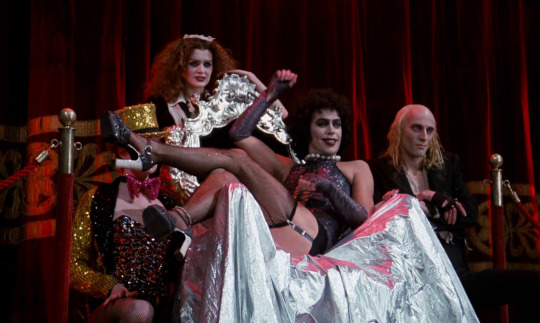
Un clásico. Unha comedia pillabana, musical, caótica, que pon patas arriba os tropos do terror a base de revolución sexual. E, por suposto, unha gran mansión encantada onde teñen lugar os acontecementos.
Tw: un chisquiño de gore, cecais un chisco de canibalismo. Todo no plano do humor negro, por suposto.
ハウス - Hausu (Nobuhiko Obayashi, 1977)

Nobuhiko Obayashi pasouse o cinema con este filme de terror totalmente over-the-top, que tamén parte da parodia do xénero do horror para contarnos unha fábula pantasmal moito máis profunda do que parece nunha primeira impresión. A casa encantada é un personaxe propio neste filme caleidoscópico e bastante autoconsciente
Tw: Hai gore, hai maxia, hai yokais. Tamén hai imáxenes un chisco estridentes para algúns gustos.
Beetlejuice (Tim Burton, 1988)

Tim Burton desenvolve aquí os seus propios arquetipos persoais: unha familia tradicional suburbana americana enfrontada ás sombras, que neste caso son unhas pantasmas novatas nisto de encantar casas.
Tw: nivel de sangue e vísceras menor que Sleepy Hollow ou Sweeney Todd, pero maior que Big Fish. De todas maneiras, os efectos especiais artesanais e estilizados impiden tomar o gore deste filme moi en serio.
Até o vindeiro episodio!
#samaín#samhain#halloween#film recommendations#halloween film recommendations#movies#films#cinema#cine#películas#galego#galiza#recomendacións de cinema#recomendacións
5 notes
·
View notes
Note
10 & 23 for the writer asks? 💕
This got uh. Waaaay too long.
10. Has a piece of writing ever “haunted” you? Has your own writing haunted you? What does that mean to you?
I am honestly not sure what it means to me, or at least I am not sure I could describe it in words.
I find it hard to separate writing that’s haunting because of some element of the style itself, from writing that’s haunting because it describes something haunting (probably explains why I am haunted by Wikipedia pages and old homemade websites in all honesty).
Usually I would say, quotes/passages that continue to pop into my head regardless of whether or not I’ve consciously decided to revisit them.
Off the top of my head, and I am 100% forgetting things:
Summer Solstice and Midwest Eclogue by Stacie Cassarino.
The beginning of Shadow Divers by Robert Kurson where he talks about the dangers of diving and how divers can become disoriented and lost exploring a wreck. I read this in the library of a B&B in Vermont probably 15 years ago and still think about it so.
There’s a passage in Susan Campbell Bartoletti’s Growing Up in Coal Country about the breaker boys inventing their own sign language that I think about at least once a week.
The portions of Daniel James Brown’s The Boys in the Boat that talk about Joe Rantz’s upbringing and that of his wife Joyce, and their relationship. Like I did cry and I want to cry again every time I think about it.
Easy Company Soldier by Donald Malarkey. It’s been a long time since I’ve had a reread but - mainly the passages where he talks about Oregon, and about Joe Toye. You can never say I am unpredictable.
Résistance by Agnès Humbert. I went through a period in high school of reading and rereading this book a lot which…idk what to make of that, tbh. It’s very heavy and very…good, which is probably an inappropriate adjective for a memoir that includes the author’s experiences of being enslaved by the Nazis. There’s a portion of the epilogue (?) or introduction (I think? Or possibly even a footnote) by Barbara Mellor that talks about the fate of the fighters imprisoned at Fort Mont-Valérien that I still think about.
By that same token, Martha Gellhorn’s writing on similar horrors, and that is definitely for her style as well as the facts of what she’s describing.
In terms of being haunted by my own writing, I would say…sometimes? It’s usually really wrapped up in the research I might be doing for, getting immersed? Also definitely tied to the sort of pandemic atmosphere/time when I wasn’t working and my days were very unstructured and it was summer and very easy to get lost in things. I would say the reincarnation/disaster AU which I’m sure is very surprising. Just lots of ideas swirling around and reading about awful things and that landscape. Other than that, I can’t really think of another piece? Possibly the first scene I wrote of Jo and Frankie together, but that was more of a fever dream, have-to-get-it-on-the-page vibe rather than a haunting. Possibly these are the same??
23. Describe the physical environment in which you write. Be as detailed as possible. Tell me what’s around you as you work. Paint me a picture.
I…am very variable in where I write, which is usually one of several spots around the house — the living room mostly, or my room, or our “guest room” aka home office/home gym/storage area/it has an old armchair that I like and no one else in the family does. The constants are usually: a glass of water on the side table and the remains of an iced coffee beverage, pillows and/or blankets, natural light if I can (though my room is not the place for that), terrible posture, and I am usually in comfy clothes if not in my actual pajamas.
If I’m in the living room or guest room the TV is usually on low, sometimes with a writing playlist on Spotify (yes I have both on at the same time) but it really depends — sometimes I do just the music, sometimes I need silence.
#basilone#answered#thank you so much!!<3#warnings for....some things#i just typed up answers for a handful of these so spam coming
6 notes
·
View notes
Note
do u have any good book recs
i have had. absolutely negative time to read lately. but here's some titles i've enjoyed this year (wide variety because i don't know what you're looking for specifically)!
everything i know about love by dolly alderton
franny and zooey by j.d. salinger
the gift by vladimir nabokov
cleopatra and frankenstein by coco mellors
another country by james baldwin
#i tried to recommend titles i don't usually! let me know if you want more specific recs / explanations#i'm happy to give em!#anon#asking with you
4 notes
·
View notes
Note
any thoughts on the people currently announced for the strictly lineup???
hey erin! so sorry i've let this rot for so long! going to be perfectly honest, i don't usually have many thoughts until we see the launch show but i'll do my best!
fleur east is going to be amazing at dancing and i will be annoyed at her for it
molly rainford will be paired with nikita
i think ellie simmonds is going to be really fun but i'm worried about how she might get treated by viewers
will mellor might be the surprisingly good one
i suspect kaye adams and james bye may be disasters but i could be wrong. maybe james will be the out of left field amazing one
richie anderson is gay and he's said he'll dance with a man so i'm going to assume he'll be with johannes but maybe it'll be another guy
i think jayde adams is our best bet currently of having a second same-sex pairing but i'm not sure which dancer it would be with or if the bbc is ready to do that
3 notes
·
View notes
Text
Professional Cartoonists Organisation’s Cartoonists go to the Theatre exhibition opens in London today
Photo via Glenn Marshall
Today, Monday 14th August, sees the opening of the Professional Cartoonists Organisation’s Cartoonists go to the Theatre exhibition at Charing Cross Library in London.
In addition to the free exhibition, there will be workshops and the selling and signing of original works.
PCO member James Mellor will give a free talk on Monday 21st August at 6.30pm. Booking essential…

View On WordPress
#Charing Cross Library#downthetubes News#Events London#Exhibition News#Professional Cartoonists Organisation
3 notes
·
View notes
Text
Craig Wright Assets Frozen by UK Judge to Prevent Him Evading Court Costs
A U.K. judge imposed a worldwide freezing order on 6 million British pounds ($7.6 million) of Craig Wright’s assets to prevent him moving them offshore and evading costs arising from a court case that found he was not, as he’d claimed, Bitcoin inventor Satoshi Nakamoto.
In a March 14 decision, Judge James Mellor, who heard the case brought by the Crypto Open Patent Alliance (COPA), also found…

View On WordPress
0 notes
Text
Craig Wright's Claim to Satoshi Identity Crumbles Under UK Judge's Verdict
Key Points:
UK Judge James Mellor’s ruling discredits Craig Wright’s claim to be Bitcoin’s creator.
COPA trial uncovers evidence undermining Wright’s narrative, including technical inaccuracies.
Discrepancies in Wright’s interactions with key figures in the cryptocurrency sphere are highlighted.
UK Judge James Mellor has dealt a decisive blow to Craig Wright’s longstanding assertion of being…

View On WordPress
0 notes